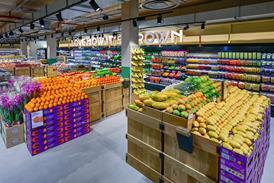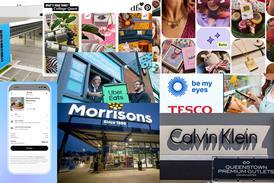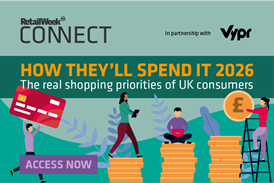‘After restaurants’ beanfeast, it’s time to launch Shop Out to Help Out’

Rishi Sunak’s Eat Out to Help Out scheme has been a huge success, for which the chancellor deserves credit. Retailers should find ways to replicate it.
The 50% discount available through the the dine-in subsidy initiative has proved mouthwatering for consumers. In launch week it was used 10.5 million times, according to the Treasury, as more than 83,000 restaurants took part, from indies to fast-food giants such as McDonald’s.
Not only has it helped hard-pressed eateries, it has had another equally important benefit – drawing still-cautious consumers back into town centres and taking a few tentative steps towards restoring confidence.
Higher footfall and money through the tills, both of which Rishi’s dishes have provided, is what retailers need too.
Already have an account? Sign in here




















